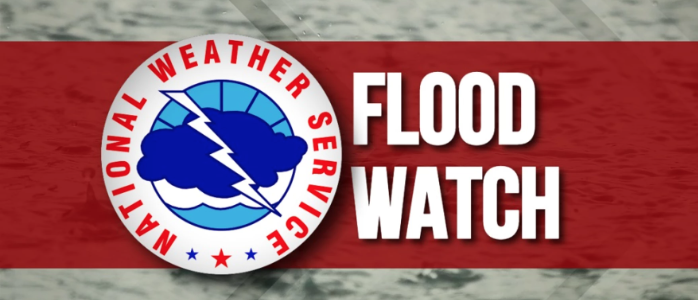Site-specific buffers are complex. In a perfect world, site-specific buffers would be better for property owners and better for our environment. But the costs to administer a system of this complexity will be high, both in time and money, unless the new regulations are clear, consistent and GMA-compliant. Any criticisms that citizens have for the structure of the CAO update should be addressed to the County Council and especially to Councilor Richard Fralick who proposed Island County’s site-specific buffers as a model for our county.
Senior Planner Shireene Hale is doing a superb job fulfilling the Council’s mandate to create a clear, scientifically-based site-specific buffer system. As a member of the wetlands technical advisory group, I know that she has worked many nights, weekends, and even holidays on the CAO updates. The time and date of her emails show the hard work Planner Hale has dedicated to this most complex of Council directives.
I am pleased that John Evans is looking for inconsistencies in the proposed regulations. While I applaud John for his careful reading of the CAO drafts, his concern about “needing a permit to turn over a spadeful of soil” is being addressed by the County Council. A recent press release from our county states, “At least one additional adjustment to the general section is likely. During the initial Council review, Councilmember Patty Miller expressed concern that the proposed review process for new development could be interpreted to require a review of even very small-scale land development or land disturbance activities. At its meeting on Tuesday, February 28, the Council revisited that issue, and voted unanimously to direct staff to propose alternative language to eliminate unnecessarily burdensome requirements for development activities that do not otherwise require a permit. ”
Janet Alderton
Orcas Island
**If you are reading theOrcasonian for free, thank your fellow islanders. If you would like to support theOrcasonian CLICK HERE to set your modestly-priced, voluntary subscription. Otherwise, no worries; we’re happy to share with you.**






The draft wetlands regulation read like an animal created by committee would look: complex, disorganized, impenetrable, expensive and guaranteed to require litigation. Rather than begin with the question “what is wrong with our existing CAO ordinance,” our planners went into full restrictive-as-possible rulemaking; no science, no relation between science and prohibitions; no possible way to use land in most cases. Ignoring citizen input, and carrying water for the bureaucrats. Horribly drafted, and this is the third time through. We need to deep-six this nonsense, and find a better way.
CAO existing ordinance, chapter 18.20 – look up “excavation” and “dredging.” Excavation means the mechanical removal of soil. The operative words are “mechanical” and especially the word “removal.” No shovels or spades are specifically included in that definition, and it is not being changed in the new proposed draft.
I looked up “mechanical” in the dictionary. It read: “working or produced by machines or machinery; a mechanical device.” The operative word here is “machine.”
It seems the most expedient thing to do is to have the county make definitions for “mechanical” and “machine” to clear up all misconceptions.
When I think of machines, I think of things with motors that can do the job way faster than a human with a shovel or a hand saw: things like excators, backhoes, chain saws, tractors, brush cutters, and the like.
It seems our time can be better spent on bringing this to the attention of the planning department and refraining from generating spin…
oops. i meant “excavators.”
A spade, properly used, is a lever, and perhaps also a wedge or an inclined plane (if you are so inclined…) .
A wheelbarrow to move the soil disturbed by the spade incorporates the lever and the wheel/axle, a complex machine.
Archimedes and Da Vinci examine this in some detail.
Hmm… a horse hooked to a plow can “do the job way faster than a human with a shovel or a hand saw”.
The question isn’t the technology. The question is whether our county council will make the right decision to honor the entirety of American tradition and jurisprudence that say you can do what you want with your land unless you harm someone or something. The burden of proof does not usually rest on the landowner, but on the government that seeks to impose the regulation.